Results 11 to 20 of 21
Thread: Another mystery hone thread.
-
06-25-2012, 03:15 PM #11Senior Member

- Join Date
- Aug 2011
- Location
- Rhode Island
- Posts
- 161
Thanked: 32
I have had a couple Hindostans, and in addition to the banding seen on the side of the stone, both also had the same reddish brown blotches on the stone surface as yours.
They almost look like water stains.
-
The Following User Says Thank You to MattW For This Useful Post:
Theseus (06-25-2012)
-
06-26-2012, 05:12 AM #12

i have a stone that looks a bit like a hindostan, has layers, but not a close together as some hindostans i've seen.
doesn't seem particularly fine, and may be clogged with oil, glazes up with swarf pretty easy, and i haven't tried using oil in it yet (might not bother).. one thing i have noticed is where the surface has lapped through layers, from light to dark to light, i think the dark(?) layers are softer (its been a while since ive used the stone).. doesnt seem like a very hard stone, but doesnt slurry easily either, maybe from being soaked with oil.
anyways, looking my stone i'd have guessed hindostan as a possibility, using the stone i am less certain..
as always, regardless of what your stone is or may be, how does it perform? [edit: oh right, sharp smooth finisher.. good stuff]
-
The Following User Says Thank You to ezpz For This Useful Post:
Theseus (06-26-2012)
-
06-26-2012, 10:37 AM #13Senior Member



- Join Date
- Apr 2008
- Location
- Essex, UK
- Posts
- 3,816
Thanked: 3164
The banding looks a bit odd for a true Hindostan (Indiana). The colour is Ok - they can be tan, whitish, orange-tinged, grey - but the bands seem too sparse and too far apart. When these stones were formed in the silty littoral waters of Indian, there was a tide twice a day that laid down layers in pairs - couplets. You can see the rise and fall of the tide within these closely knit couplets, one of which is often thicker than the other (because more silt was deposited after one tide than another). The usual pattern is something like this:
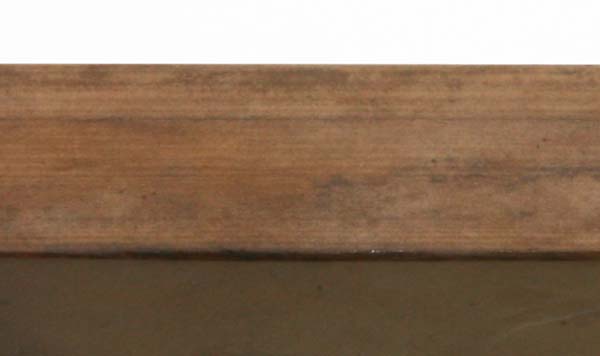
There are other stones whose chemical/mineral formation is just the same and which bear almost the same characteristics as the Hindostan, such as Canadian Oil Stone, Magog Stones and several other outcrops in Arkansas. Maybe yours is one of these - or a Hindostan with widely-spaced bands! I'm not saying it isn't, but it looks odd. Maybe it's just the blown-out highlights in your photo - perhaps it has got thinner bands in between those thick one's that are not showing up on my screen?
Regards,
NeilLast edited by Neil Miller; 06-26-2012 at 10:42 AM.
-
The Following User Says Thank You to Neil Miller For This Useful Post:
Theseus (06-26-2012)
-
06-26-2012, 10:40 AM #14Senior Member



- Join Date
- Apr 2008
- Location
- Essex, UK
- Posts
- 3,816
Thanked: 3164
-
The Following User Says Thank You to Neil Miller For This Useful Post:
MattW (06-27-2012)
-
06-26-2012, 02:27 PM #15
-
06-26-2012, 03:02 PM #16Senior Member



- Join Date
- Apr 2008
- Location
- Essex, UK
- Posts
- 3,816
Thanked: 3164 That's definite enough for me!
That's definite enough for me! Originally Posted by Theseus
Originally Posted by Theseus
The Hindostans do vary enormously in the degree of finish they give - some can be quite coarse, some are stellar. Looks like you have a good one.
Regards,
Neil
-
The Following User Says Thank You to Neil Miller For This Useful Post:
Theseus (06-26-2012)
-
06-26-2012, 06:17 PM #17Senior Member

- Join Date
- Mar 2009
- Posts
- 1,211
Thanked: 202
I do have Hindostan with very wide layers and it is also quite soft. Originaly it was used acrosthe layers.
-
The Following User Says Thank You to adrspach For This Useful Post:
Theseus (06-26-2012)
-
06-26-2012, 06:47 PM #18Senior Member



- Join Date
- Apr 2008
- Location
- Essex, UK
- Posts
- 3,816
Thanked: 3164
I suppose the banding has to do with how deep (ie above or below sea level) the littoral was during the Pennsylvanian Period - this is the geological time when the Hindostan stone was laid down. In this area there were a lot of swampy lowlands along the Indiana beach front, so they were subject to two tides a day, hence the fine layering in the stone. Presumably stones with much wider layers were in other topographical areas that were not at the right height to receive two tides, being immersed by the stronger tides only. In Orange County Indiana, where the Hindostan hone was quarried, the conditions were right 300 or so million years ago for this coupling of small thick/thin layers. Of course rocks made from exactly the same constituents may be found elsewhere, but the convention is to call the ones with lots of thick/thin layers 'Hindostan' even though the other types may exhibit exactly the same properties. In fact the same conditions that gave rise to the layering of true Hindostan stone are found elsewhere, but they are called by different names. To my mind it's a bit like calling all vacuum-cleaners 'Hoovers' - they may all do the same job, but in reality there is only one Hoover brand. A trifling point, but worth mentioning!

Regards,
Neil
-
The Following User Says Thank You to Neil Miller For This Useful Post:
Theseus (06-26-2012)
-
06-27-2012, 09:25 PM #19Senior Member

- Join Date
- Aug 2011
- Location
- Rhode Island
- Posts
- 161
Thanked: 32
OK I am hoping to add a little value to this thread, at least it may help members with stone ID down the road. Also, who can resist pictures of rocks?

This is the Hindostan I currenty own (sold one), it measures 2" x 7 7/8" x 1 1/8" and is very dense and hard, I'd say close to an Arkansas. It is very smooth and is reflective if the surface is viewed at a low angle. Also, the banding on the sides is very tight, about 1mm spacing.
I had not really used it yet, only lapped it, but this thread prompted me to try it on a full hollow 7/8 Bengall that I just restored. I did about 50 laps on just water (with a touch of dish soap, it was previously used with oil) after a Naniwa SS 10K. I tested it this morning and the shave was great! Of course part of the keeness was no doubt due to the Naniwa that preceded it , but I believe this stone has definite finisher potential. More testing is needed, and I'd like to try it out with oil. Anyway here are the pics.
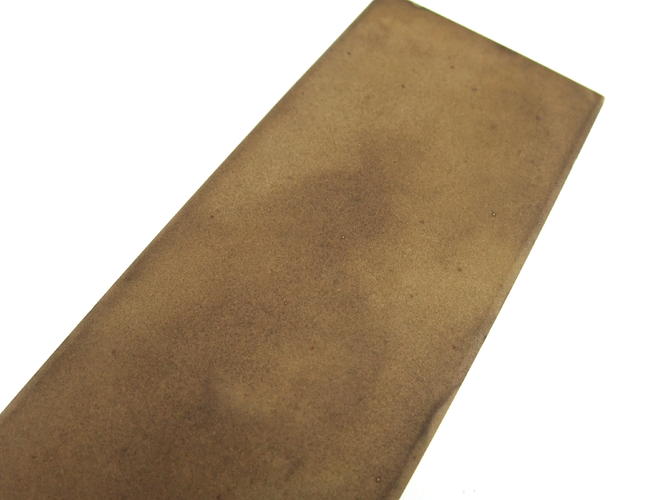
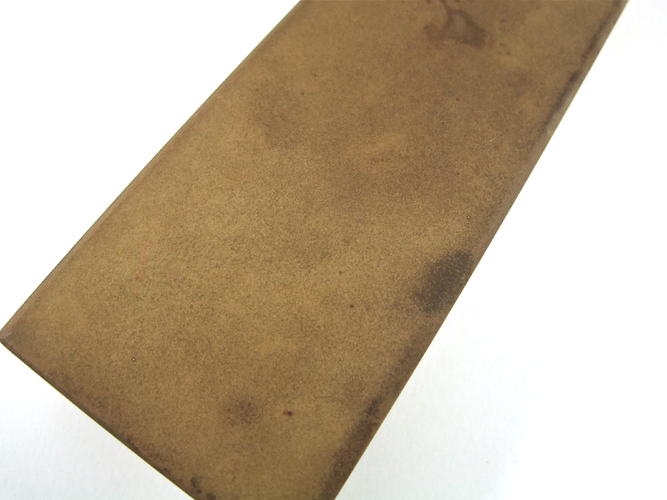
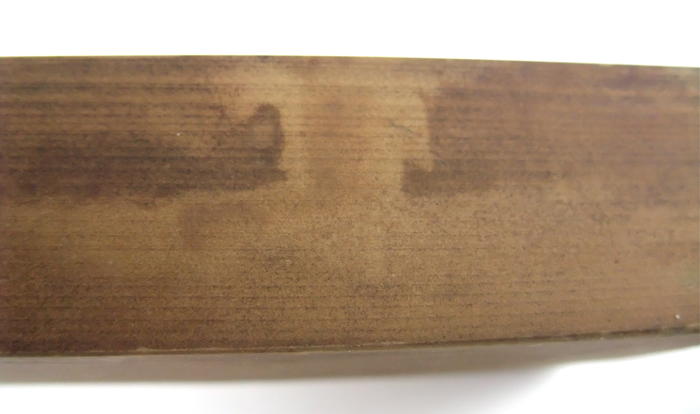
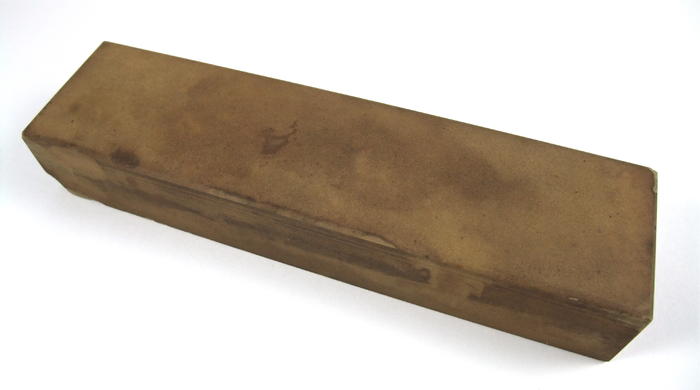
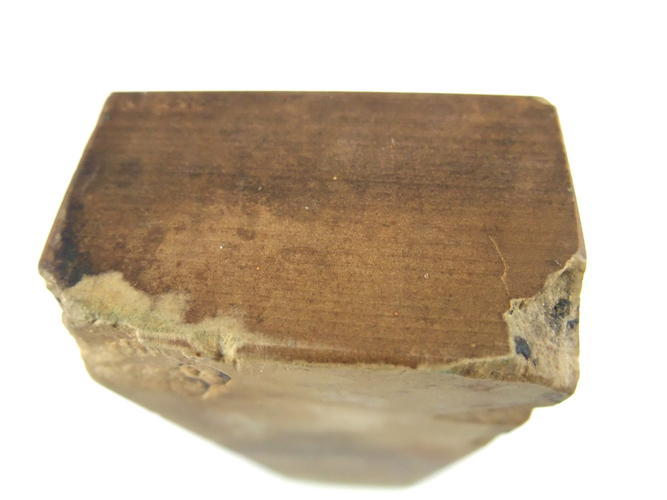
-
The Following User Says Thank You to MattW For This Useful Post:
Theseus (06-27-2012)
-
06-27-2012, 09:56 PM #20

Those are very well-done pictures!
My stone has an appearance identical to that one except for one key difference. The layering is visible on the major surfaces of the stone, rather than on the sides. Essentially, it's as if your stone was rotated about its long axis 90 degrees. I'm curious as to whether this orientation of stone cutting was done intentionally to take advantage of some property of the multiple strata on a blade, or if it was just random chance. I suppose someone could do some testing on the dark versus light layers to see if they affect steel in a noticeably different way.
I polished it to a high shiny sheen and have tried oil but I don't think mine is a finisher. Very beautiful stone, though, and I imagine it will work very nicely on knives.
Side note: My Hindostan feels much more like a sandstone than a novaculite. Admittedly, I don't know the particulars of its geology, but to me it looks and feels more like an old weathered outer wall of a U of M campus building than an Arkansas stone. It even has some miniature sparkles in it.
-
The Following User Says Thank You to Jimbo7 For This Useful Post:
Theseus (06-28-2012)


 5Likes
5Likes LinkBack URL
LinkBack URL About LinkBacks
About LinkBacks






 Reply With Quote
Reply With Quote

